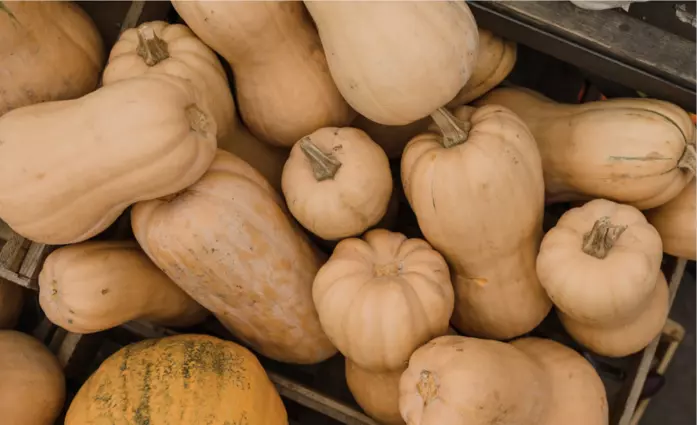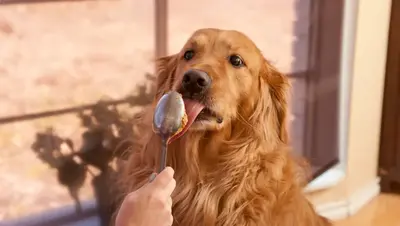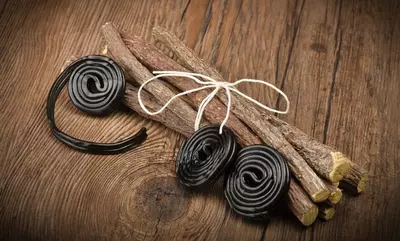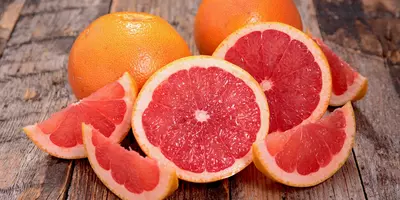Can Dogs Eat Butternut Squash?
- 29 Jun 2023
- 4m read

Yes, dogs can eat butternut squash in controlled quantities.
Is Butternut Squash Good for Dogs?
Yes, butternut squash is good for dogs.
This autumnal veggie is packed with vitamins and minerals that can support your dog's overall health and wellbeing. Not only does it contain plenty of fibre to aid digestion, but it's also rich in beta-carotene, which is believed to boost immune function and protect against disease.
Plus, its deliciously sweet flavour makes it a hit with many four-legged foodies. Of course, every dog is different, so it's important to check with your vet before introducing any new ingredients to your pup's diet. But if they give you the okay, we highly recommend giving butternut squash a try
Benefits of Butternut Squash for Dogs
Butternut squash is full of vitamins A and C, potassium, and fibre. These nutrients can contribute to a shiny coat, healthy skin, and a stronger immune system for your pup. Not to mention, butternut squash is low in calories and fat, making it a great alternative to traditional dog treats.
Just be sure to cut it into small, bite-sized pieces to avoid any choking hazards. Your dog will love the delicious taste and you'll feel good knowing they're getting an extra boost of nutrients in their diet.
So next time you're cooking up some butternut squash for yourself, consider sharing a little bit with your pooch.
Can Dogs Eat Raw Butternut Squash?
No, we would not recommend feeding your dog raw butternut squash.
Whilst it’s unlikely to cause any harm in small quantities, we recommended cooking it first as this will make it easier for them to digest. It's also important to remove any seeds before feeding it to your dog as they can be a choking hazard.
Can Dogs Eat Butternut Squash Skin?
No, we would not recommend feeding your dog butternut squash skin.
Have you ever tried to cut through butternut squash skin? Imagine your pup trying to do the same with their teeth. Even when cooked, butternut squash skin retains a lot of its tough texture, making it difficult to chew and digest. It’s best to remove the skin prior to cooking to prevent damage to their teeth and digestive system.
How to Cook Butternut Squash for Dogs
When feeding butternut squash to your pooch, it is essential to cook it thoroughly to aid in digestion and maximise nutrient absorption. Here's a simple step-by-step guide:
1. Start by washing the squash thoroughly to remove any dirt or debris
2. Preheat your oven to 190°C (170°C fan)
3. Cut the squash in half lengthwise and scoop out the seeds and pulp
4. Place the squash halves on a lined baking tray
5. Bake the squash for around 45-60 minutes or until it becomes soft and tender
6. Once cooked, allow the squash to cool completely before serving it to your dog
7. Remove the skin and cut the squash into small, bite-sized pieces suitable for your dog
How Much Butternut Squash Can I Give My Dog?
The amount of butternut squash that you can feed your dog all depends on their breed, size and whether or not they have any underlying health conditions. Generally, butternut squash is safe to feed to most pooches, unless your vet has advised otherwise.
As a guide, we would recommend feeding small dogs no more than 1 or 2 teaspoons of butternut squash, whilst bigger dogs can eat up to 3 or 4 tablespoons of butternut squash. Start with a small amount and monitor your dogs reaction.
It’s worth noting that treats should not make up anymore than 10% of a dogs daily calorie intake and that includes veggies, too.
Butternut Squash in Butternut Box Meals
At Butternut Box, we include butternut squash in a lot of our meals, such as Pork This Way, Duo of Duck & Chicken, Ready Steady Veggie and You’ve Got Game.
We only use the best-quality ingredients in our meals. As well as 60% human-quality meat, vegetables form the basis for our recipes, alongside things like lentils and pearl barley. Because we believe dogs deserve better.
You don’t have to worry about guesswork either, we use the perfect balance of ingredients in our meals to ensure that they are nutritionally complete, providing your dog with all the nutrients that they need to thrive.
At sign up, we will ask you a few questions about your dog, such as their breed, age and activity level. This will help us to calculate exactly how many calories they need, as well as the flavours that would best suit their preferences and lifestyle.
Click the Build Your Box button below to get an exact price and plan.
Other Vegetables That Dogs Can Eat
Butternut squash is joined by an army of other pooch-pleasing vegetables, such as:
• Broccoli
• Sweet potato (especially good for dogs with diabetes due to its low GI)
• Peas
• Cauliflower
• Celery
• Green beans
• Parsnips
• Spinach
• Carrots
• Kale
• Brussel sprouts
• Peppers
• Beetroot

.webp)


